How to Set Up a Montessori Homeschool Classroom
In a Montessori school kids typically have access to wide open spaces with plenty of stations, materials, and furniture designed to meet their every learning need. At home, it may prove harder to find as large and flexible of a space, but it’s still possible to set up a Montessori classroom at home. The Montessori method focuses on three main ideas when setting up an environment: beauty, order, and simplicity. Keeping those three ideas in mind will help with the set up of an ideal Montessori homeschool classroom.
Choosing a Space
The ideal homeschool classroom for implementing the Montessori method will have enough space for shelving, a table, and plenty of room to move around. If you can’t dedicate an entire room for learning, clear out at least a large corner of a room and keep the rest of the furnishings in the room minimal to give kids the space they need and keep them from becoming distracted by everything else in the room.
While you may be tempted to fill the room with bright colors and kid-friendly decorations, the goal is to keep the space as simple as possible. Paint the walls a light or neutral color and don’t hang a lot of pictures, unless they’re completed pieces of artwork created by your child or are paintings that could promote visual interest.
Setting up the Space
When a room is cluttered and disorganized, kids may have a harder time learning, moving around, and finding what they need. The only large pieces of furniture a Montessori classroom really needs are a child-sized table with chairs and a few low shelves. You can also add a large rug to the floor or a couple comfy chairs if you have a larger space to fill, but beyond that the space should be fairly free.
Keeping it Organized
The saying “a place for everything and everything in its place” plays a big role in setting up the Montessori classroom. No matter the size of the classroom, everything should be organized in specific areas. A few key areas to incorporate into your classroom include a practical life area, a sensory area, a language area, a math area, and a culture area.
In each area, you’ll want to place materials that fit with the learning for that area. For example, in the practical life area you may have a play kitchen or cooking tools such as pitchers, tongs, and spoons. All of the materials should be placed on trays or in baskets on low shelves or in bins that are easily accessible by kids. Each area and tray or bin of materials should also be clearly labeled so kids know where everything goes. Ideally you’ll want to have all of your materials available to kids at all times, but if you have a limited amount of space, you may rotate the materials based on your child’s current interests. You may also combine materials from different stations, for example, you could incorporate culture into the language station or math into the sensory station.
Carefully Adding “Distractions”
The Montessori classroom should be a special place in the home. While you may let your child watch TV every once in a while, play games on the computer, or interact with other electronics and technology, they don’t have a place in the Montessori classroom. The same goes for your many of your child’s favorite toys which could cause children to miss out on unique learning opportunities. However, as a parent, you can incorporate some visual distractions into the classroom. At eye-level, place a few interesting paintings, maps, live plants, unbreakable sculptures, or even small animals in a cage that are designed to catch your child’s interest. These items should be chosen for their beauty and their interest factor and will play a role in encouraging learning and discovery to take place. If you have a window in the classroom, open the curtains or blinds and let children look outside for visual interest and inspiration while they’re in the classroom too.
Extending Your Space
A dedicated classroom in your home serves as a special place to encourage kids to learn and discover, but when deciding to implement a Montessori education at home, your entire home should permeate the Montessori method. This means low towels and easy access to toothpaste, toothbrushes and other hygiene supplies in the bathroom, low cupboards full of kid-sized snacks and cooking supplies in the kitchen, child-sized cleaning supplies in the broom closet, and clothes hung at easy-to-reach levels in the closet or placed in bottom drawers. These modifications to your home encourage your child to take an active role in the household chores and other responsibilities throughout the day and empower your child by allowing him or her to make choices about what to wear, what to eat, and what to do.
If you need more ideas on the specifics of setting up a homeschool classroom, from choosing specific shelving units for organization to knowing what to stock in each station, check out Spielgaben’s Pinterest boards and products to discover materials that can provide you with inspiration when setting up your own Montessori homeschool classroom.
Have your own ideas for a Montessori homeschool classroom? Please feel free to share them in the comments or follow us on Facebook.

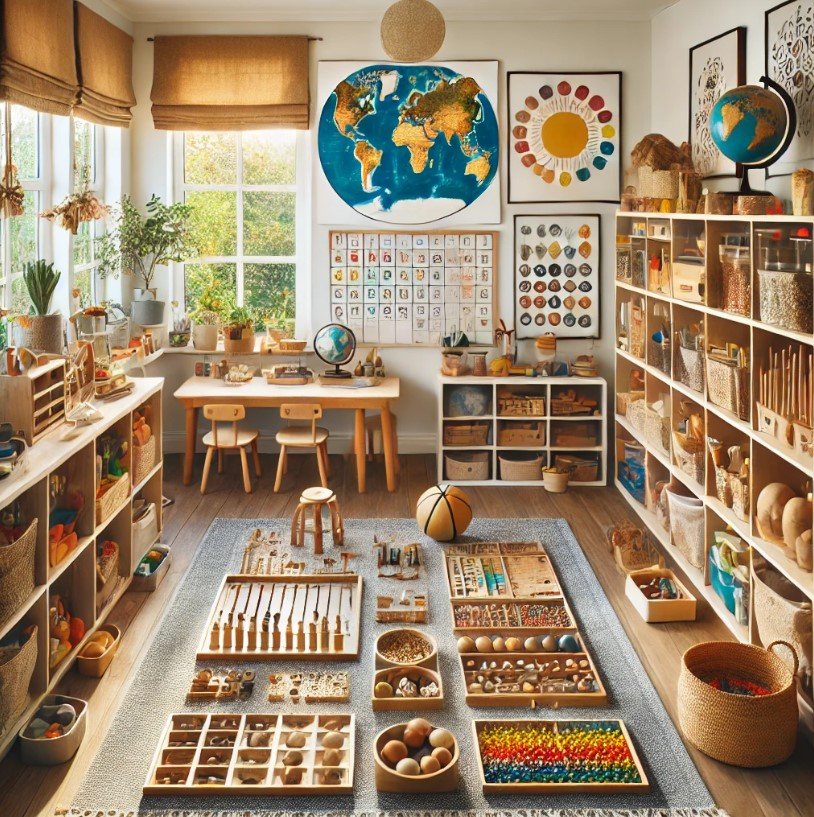

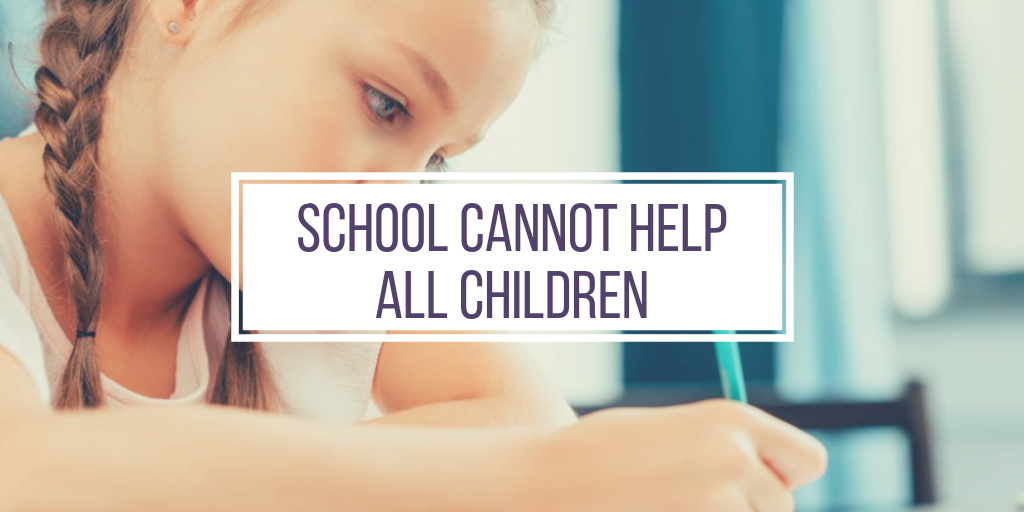
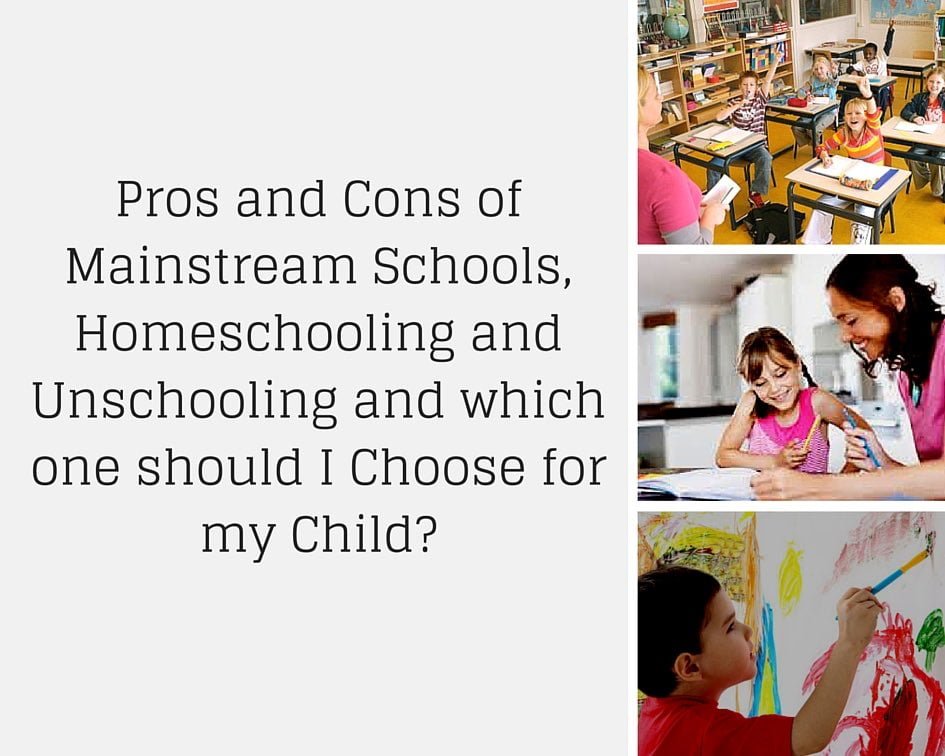

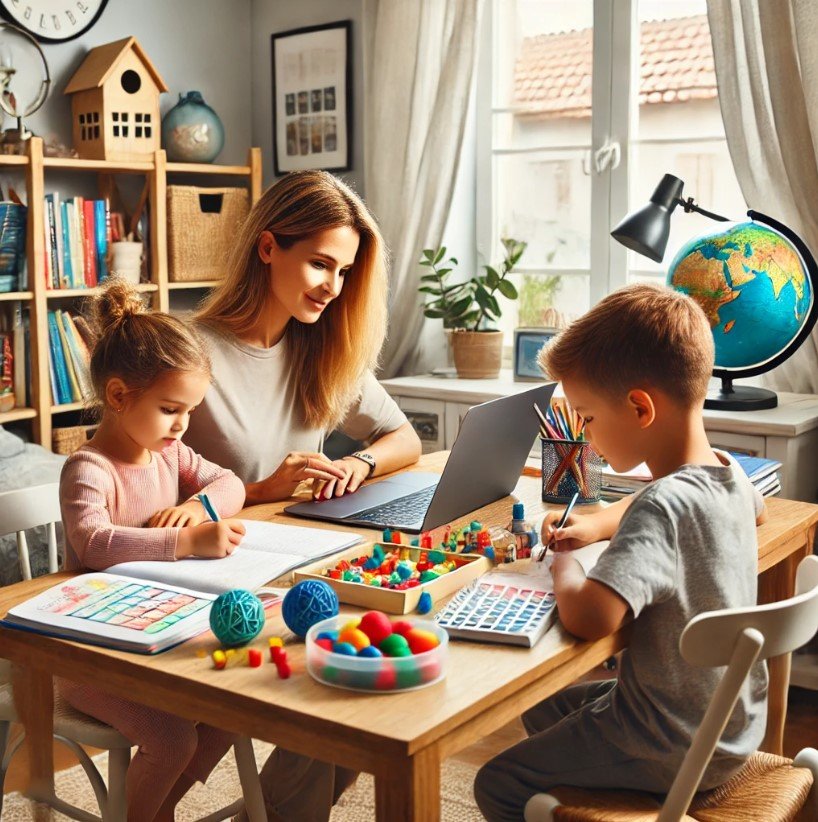
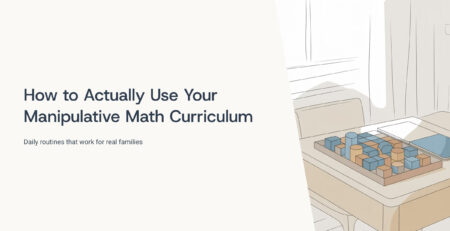

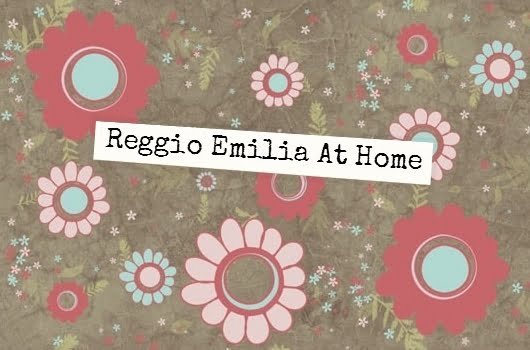
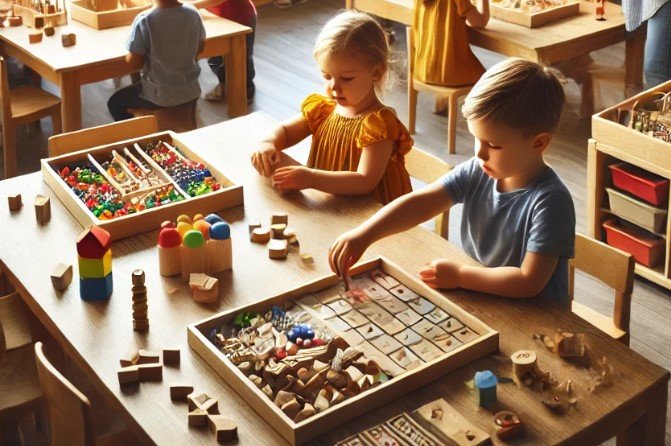
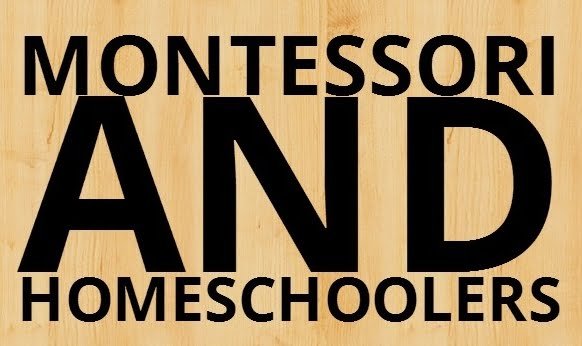

LEAVE A COMMENT